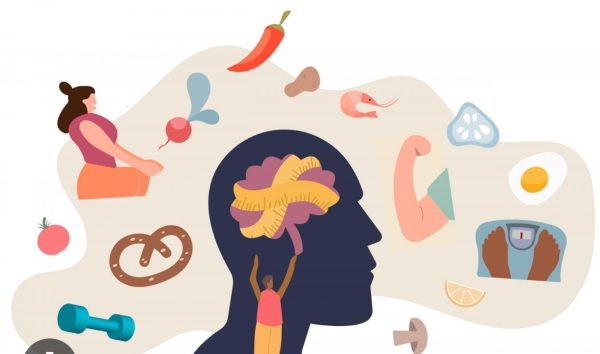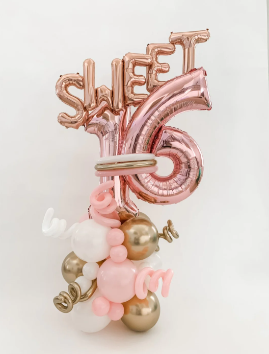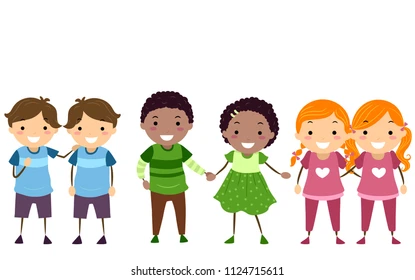Resurrection to Rabbits: The Origins of Easter
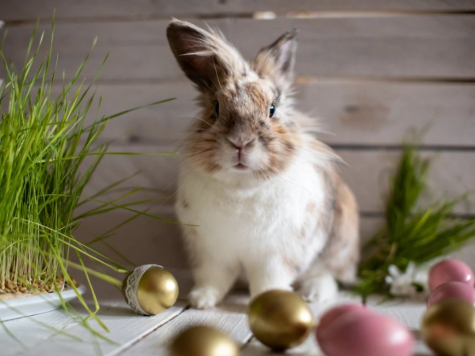
Christianity has been a worldwide religion for over two thousand years, spreading to all corners of the globe. Internationally, Christians celebrate many holiday traditions throughout the year. However, unlike most, one particularly famous holiday has a strange method of celebration: Easter. It is believed that 3 days after the crucifixion of Jesus Christ, he was resurrected, which we celebrate today with a rabbit that hides decorated eggs. This begs the question, how did we go from resurrection to rabbits?
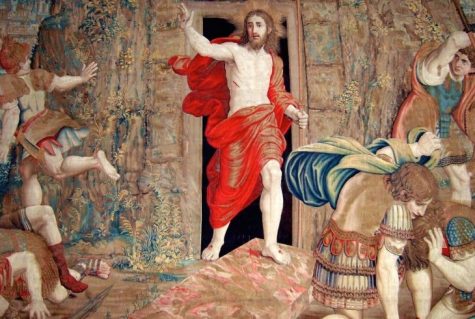
Easter Sunday is celebrated on the first Sunday between March 22 and April 25, following the first full moon that occurs on or after the Spring Equinox. Before understanding the evolution of Easter; it’s important to understand the story of what happened to Jesus Christ to recognize why Christians celebrate Easter in the first place. The New Testament of the Bible describes the resurrection of Jesus as, “essentially the foundation of their religion” (history.com). Hence, Easter Sunday, the day Jesus was resurrected, is a crucial holiday for all who follow Christianity.
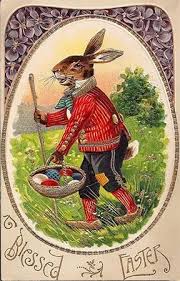
The New Testament stated that the Roman Prefect of Judea, Pontius Pilate, sentenced Jesus Christ to death by crucifixion because he claimed ‘to be the son of God.’ However, historians also suspect that they executed Christ because the Romans believed he was a threat to the empire. Christ’s crucifixion is celebrated through the Christian holiday of Good Friday, and three days following the crucifixion, Christ was resurrected, creating the holiday we know today as Easter Sunday.
However, the question remains unanswered: how did the resurrection of Christ become a celebration of rabbits and decorated eggs? Easter’s origins did not first come from Christianity, but, like many other holidays, Easter has roots in Paganism. Long before the advent of Christianity, Pagans in the northern hemisphere celebrated Easter as a festival greeting the coming of Spring. According to the Australian Broadcasting Corporation’s Professor Carole Cusack from Sydney University, “Since prehistoric times, people have celebrated the equinoxes and the solstices as sacred times.” ChristmasCentral.com also stated that early Christians who did not partake in Jewish customs but, “eventually merged their observances with the Pagan spring festival, recognizing Easter as ‘Resurrection Day.'”
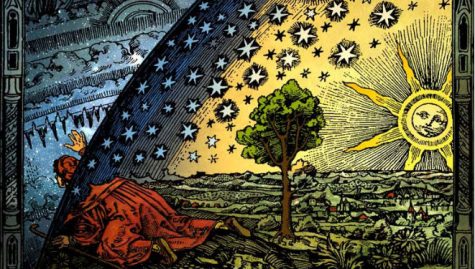
Since ancient times, there have always been two symbols associated with spring: eggs and rabbits. In ChristmasCentral.com, it states that Easter Eggs are a symbol that can be traced to the Ancient Babylonians, “who believed an egg fell from heaven into the Euphrates River, and “hatched” the goddess of fertility, Astarte (also known as Ashtur, Ishtar, and Easter).” In these Pagan festivals, according to ChristmasCentral.com, the Pagans “exchanged eggs as gifts during their springtime festival. Today, eggs are painted in bright colors and used in the ever-popular Easter egg hunt, where they are hidden for children to find and collect.”
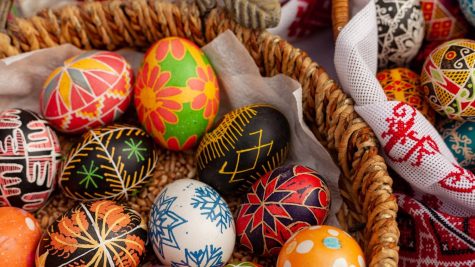
The goddess of fertility, Astarte, alongside the German word Ostern, which according to britannica.com, “likely derives from the Christian designation of Easter week as in albis, a Latin phrase that was understood as the plural of alba (Latin for Dawn) and became eostarum in Old High German,” are the origins for the name Easter.
Rabbits, however, have too been a symbol of spring and fertility for a remarkably prolonged time. Since ancient times, bunny rabbits had represented renewal and springtime rebirth, likely due to the abundance of kits (baby rabbits) they swiftly reproduce in springtime, their mating season. Hence, the rabbits became a symbol that the pagans associated with spring, which would lead to the rabbit we all know and love today; The Easter Bunny.
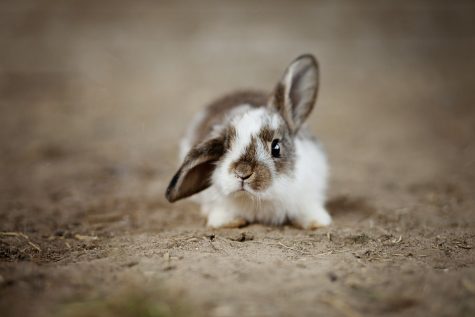
According to ChristmasCentral.com, “The Easter Rabbit is a tradition that originated in the pagan festival of Eostre, represented by the northern goddess, Teutonic deity Eostra, who was associated with the rabbit and hare” due to their rapid rate of reproduction. Despite the bunny long being associated with spring and the holiday we love today; the Bible does not mention anything about our rabbit friend. Which begs the question, how did the Easter Bunny become the main symbol of Easter?

Originating amongst the German Lutheran Church, the Easter Hare became a judge that would evaluate whether or not a child was well-behaved or disobedient at the start of the spring season. This tradition, shockingly similar to Santa Claus and his naughty-or-nice list, likely provides a reasonable explanation to the sources provided by history.com. These sources stated that the Easter Bunny, “first arrived in [colonial] America in the 1700s with German immigrants who settled in Pennsylvania and transported their tradition of an egg-laying hare called ‘Osterhase’ (Easter Hare) or ‘Oschter Haws.’ Their children made nests in which this creature could lay its colored eggs.”
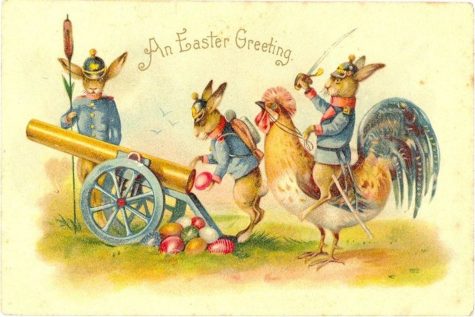
This custom would spread all across the United States and would evolve into the holiday we know and love today. Where instead of just decorated eggs, we get chocolate and other types of candies and gifts. Additionally, the nests were replaced by the decorated and vibrant easter baskets we know today. Hence, the answer to the question “how did we get from resurrection to rabbits?” is the ancient symbols that were long associated with spring, renewal, and rebirth. So this year for Easter, be sure to help continue another tradition of Easter, leave a carrot out for the Easter Bunny for he will be tired from all the hopping.
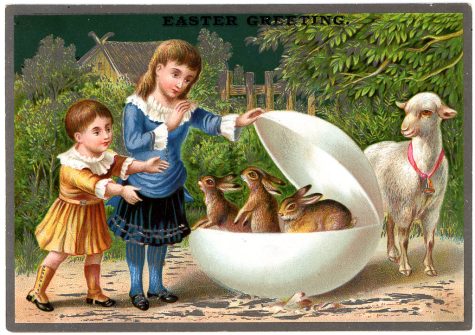

Sources:
History.com
Christmascentral.com
Britannica.com
Australian Broadcasting Corporation abc.net.au
Nbcnews.com
Poconorecord.com
Countryliving.com
Goodhousekeeping.com
Photo courtesies of: smithsonianmag.com, througheternity.com, billpetro.com, ethicalbutcher.co.uk, history.co.uk, historiesoftheunexpected.com, twitter.com, pets4homes.co.uk, camdenwatchcompany.com, simplemost.com






